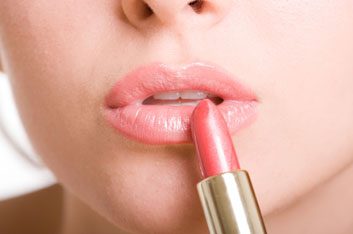
Contaminated cosmetics
Caitlin Callahan once grabbed a tube of mascara she thought was brand new and applied it to her lashes. Oops: it was actually an old tube she’d forgotten to toss. Within hours, she felt like she had hot sand in her eye and had to dash to a walk-in clinic for antibiotics.
Callahan, a senior artist with the M.A.C. Pro team in Vancouver, tells this story to her clients to illustrate a little-known fact: Dirt and bacteria from hands, faces and the environment can get into your makeup, applicators, bags and drawers-and using makeup contaminated with staphylococcus or E. coli can make you sick.
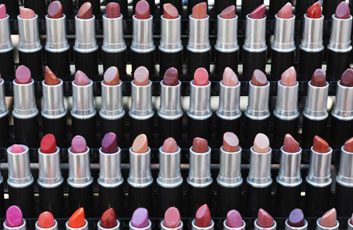
What lies beneath
To find out what lurks in cosmetics, researchers from Rowan University in New Jersey tested more than 20 different brands of makeup samples at in-store makeup counters over two years.
From 67 to 100 percent of products were contaminated with bacteria. The bacterium they found most frequently was staph aurus, which can cause infections like bacterial conjunctivitis and impetigo.
When Nancy Crossley, the Toronto-based makeup artist who founded the BeautySoClean line of makeup cleansers, conducted her own analysis of makeup testers, her makeup bag and her daughter’s lip gloss, she found mould, fungus, staph, E. coli and the hard-to-kill bacteria pseudomonas. “I really don’t want this on my makeup,” she says.
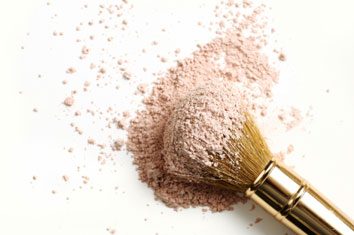
Don’t panic
Some products provide better environments for bacteria than others. “Bacteria don’t thrive on a powder,” says Dr. Jason Rivers, a Vancouver-based dermatologist. Bacteria do like water, however, so take care to keep lotions, water-based lip products and mascara clean and ditch those when the product reaches its expiry date. And take extra care to thoroughly dry damp makeup bags and soggy sponges.
Oil-based products such as lipsticks, glosses and cream blushes can host E. coli and salmonella.
If your cosmetics are contaminated, you’ll only get sick if the product gets into an open sore or your eyes or mouth.
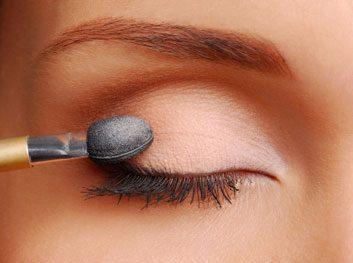
Out with the old
Manufacturers include preservatives in their products to fend off contamination. To be sold in stores, products must stay clean after a lab test blasts them with five different bacteria, five different times. However, time and assaults from bacteria make preservatives less effective.
So throw out your beauty products on a regular basis. Ever since the mascara debacle, Callahan writes the purchase date on her makeup.
Get rid of mascara every three months, and lipsticks, powder blush and eye shadow after a year or two. Follow the expiry dates on creams and lotions. “If you find something in your makeup graveyard, sniff it,” suggest Callahan. Anything stinky has to go.
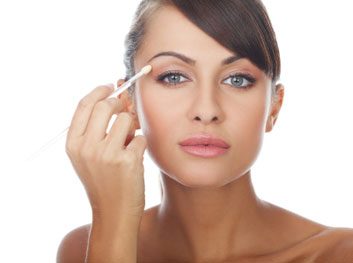
Keep it clean
Want clean makeup? Practise prevention:
Wash your hands. It may seem obvious, but it’s worth remembering that touching your face cream, your foundation and your lip gloss with unwashed hands is the main way bacteria gets in makeup.
Avoid sharing. If your teen dabbles in your stash, or a pal does your face for big nights out, just share blush, eye shadow and foundation. Bring your own mascara, give shared lipstick a wipe and use clean or new applicators.
Use brushes. The foam applicators and puffs that come with makeup aren’t meant to last, and they can house germs. Instead, buy your own, washable brushes and clean them regularly.
Be wary at stores. If makeup testers are available, the store should offer you disposable applicators to use and staff should be cleaning the samples regularly. If you’re not sure things are clean, sample products on the back of your hand.
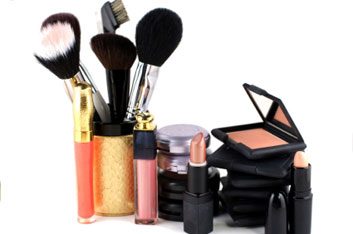
How to clean your products
Makeup bags – Wipe them thoroughly with a cloth doused in hot soapy water, or do an extreme wash like the pros: “I’ve heard of makeup artists putting their bags through the dishwasher,” says Crossley.
Your brushes – In between colours, dab your brush in a quick-drying alcohol-based product like M.A.C.’s Brush Cleanser ($13 for 235 mL) or Cover FX’s Brush Cleanser ($13 for 235 mL). Once a week, wet the bristles with water and massage in cleanser for a deep clean.
Your makeup -BeautySoClean Cosmetic Sanitizer Mist ($12.50 for 8 ml) and Cosmetic Sanitizer Wipes ($12.50 for 48) will kill the bacteria on your makeup, and dry quickly without impacting the texture of your powder or lipstick.
Related:
• 10 hot beauty trends for spring 2010
• 4 avocado beauty treatments
• Are nail polish removers bad for your health?
